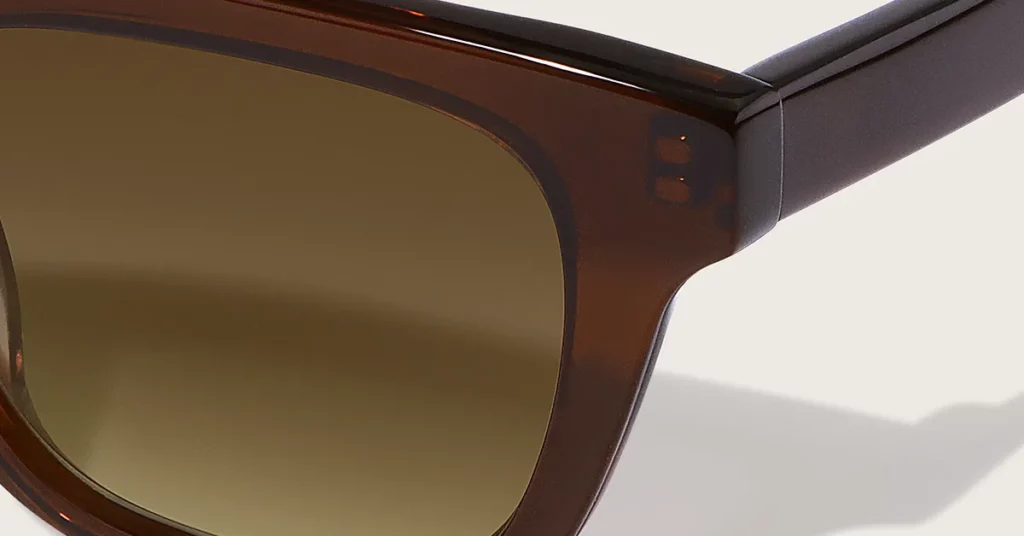Have you ever wondered what gives premium acetate its luxurious feel and workability? The secret lies in a component you’ve likely never thought about: plasticizers. This guide is your definitive resource, translating the complex material science into practical knowledge that will empower you to make smarter design and manufacturing decisions with total confidence.
Plasticizers are chemical additives that make raw cellulose acetate softer, more flexible, and easier to process. The specific type and stability of the plasticizer system, often perfected through a long curing process in Japanese acetate, dictates the material’s workability, durability, and long-term quality, directly impacting everything from manufacturing success to final product performance.
What Are Plasticizers and Why Do They Matter?
From Wood Pulp to Eyewear: A 101 on Cellulose Acetate
Cellulose acetate is a bio-plastic, a unique polymer derived from natural sources like cotton linters and wood pulp. It’s prized for its rich color possibilities and warm, luxurious feel against the skin. But in its raw, unmodified state, it’s not the material you know.
Simple Analogy: In its raw form, acetate is like uncooked spaghetti—it’s hard, rigid, and extremely brittle. You couldn’t bend it into a frame shape without it snapping into pieces.
Most Importantly: Without the critical modification that plasticizers provide, raw acetate is completely unsuitable for making premium eyewear. It lacks the flexibility for adjustments and the durability your customers expect.
Defining Plasticizers: The Secret Ingredient for Workability
This is where the magic happens. To transform brittle acetate into a workable material, we introduce specific additives.
Definition: A plasticizer is an additive that integrates with the acetate at a molecular level to increase its plasticity, making the final material softer, more flexible, and far easier to process.
You need to understand that a plasticizer’s job is to create space between the stiff molecular chains of the acetate polymer. This means that instead of being locked together rigidly, the chains can slide past one another. Think of it like adding oil to a rusty bicycle chain; the lubricant allows the links to move freely and smoothly.
The correct plasticizer choice is what turns a brittle, difficult powder into a premium, workable material block ready for CNC milling. Getting this wrong is the source of countless production headaches. The wrong plasticizer system leads directly to manufacturing failures, higher customer returns, and long-term damage to your brand’s reputation.
An Overview of Plasticizer Types
Not all plasticizers are created equal. In the eyewear industry, you’ll primarily encounter two families, each with different properties and implications for your designs.
| Feature | Phthalate Esters (e.g., DEP) | Bio-based Plasticizers (e.g., M49) |
| Origin | Synthetic Chemical | Vegetable Origin |
| Common Use | Industry Standard Formula | Eco-Conscious & Premium Formulas |
| Lens Compatibility | Not compatible with Polycarbonate | Compatible with all lens types |
| Key Benefit | Cost-effective and well-understood | Sustainable, hypoallergenic, versatile |
Critical Warning: The choice of plasticizer has a direct impact on your final product. Standard acetate plasticized with DEP (Diethyl Phthalate) will chemically attack polycarbonate lenses, causing them to become cloudy and brittle. If your design calls for polycarbonate lenses, you must specify a compatible acetate, like Mazzucchelli’s M49.
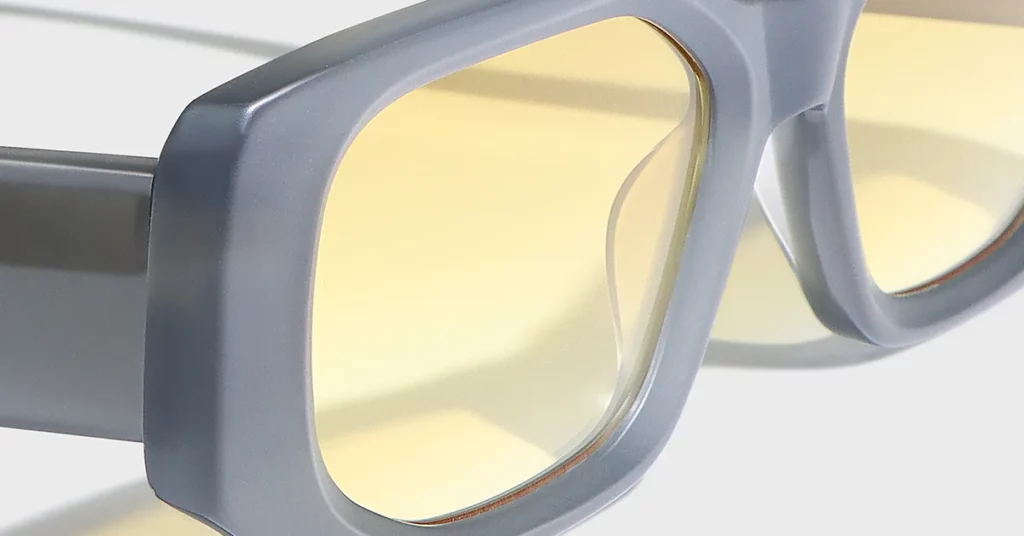
The Science of Workability: How Plasticizers Engineer Acetate Performance
The #1 Job: Lowering the Glass Transition Temperature (Tg)
The most important function of a plasticizer is to alter a core property of the acetate itself.
Definition: The Glass Transition Temperature (Tg) is the specific temperature at which a rigid, glassy polymer like acetate transforms into a soft, rubbery, and pliable material.
A plasticizer works by embedding itself between the acetate’s polymer chains, which lowers the energy required to make them move. You need to understand that the Glass Transition Temperature (Tg) is the material’s ‘softening point.’ This means it’s the threshold where the material goes from being hard and solid to being soft and workable. Think of it like a chocolate bar: in the freezer, it’s brittle and snaps, but at room temperature, it becomes soft enough to bend.
This property is what allows an optician to gently heat a pair of frames and adjust them for a perfect, custom fit on a customer’s face. During manufacturing, heating the acetate 10-15°C above its Tg is what allows us to create a permanent curve in the frame front, preventing it from warping back to its original flat shape over time.
Engineering Flexibility and Durability
The flexibility of your final frames is also determined by the plasticizer. By increasing the “free volume” or space between the polymer chains, plasticizers allow the material to bend and flex under stress.
The Bottom Line: This molecular-level change is what makes the difference between a frame that flexes under pressure and one that snaps. It’s the foundation of real-world durability.
Pro Tip: You can specify different levels of plasticization for different design needs. For example, a more rigid formula (like Mazzucchelli’s HX Formula) with less plasticizer is the best choice for producing ultra-thin frames or designs with metal components that require greater structural integrity.
The Hidden Variable: The Critical Role of Humidity
Plasticized acetate is a hygroscopic material. This means it naturally absorbs and releases moisture to stay in balance with the humidity of the surrounding air.
Key Metric: The ideal state for machining and polishing acetate is when the material has been conditioned to a relative humidity of 45-55%.
This relationship with moisture has a huge business impact. Acetate that is too dry can become brittle and prone to chipping during CNC milling. If it’s too humid, it can get gummy and clog up cutting tools. Both of these issues increase production scrap rates and drive up your costs. Over the long term, this moisture exchange also affects the frame’s dimensional stability.
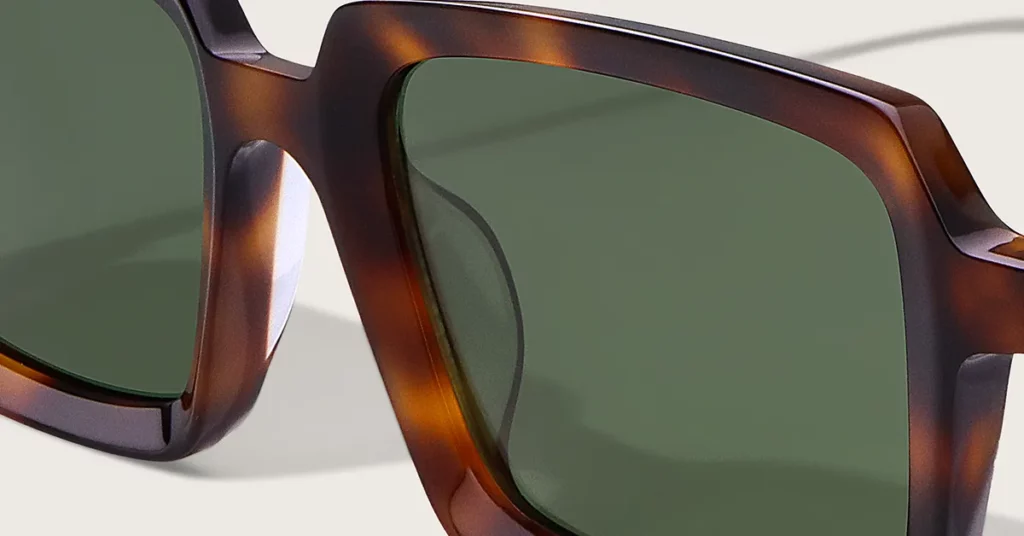
The Japanese Advantage: Why Curing and Plasticizer Stability Create Superior Workability
The Art of “Seasoning”: A Mark of Quality
Premium acetate manufacturers, particularly those in Japan, have perfected a process that goes far beyond simply mixing ingredients. They “season” or cure their acetate blocks for months, and sometimes even longer.
This ‘seasoning’ process is fundamentally about achieving material equilibrium. This means giving the plasticizer molecules enough time to migrate and settle evenly throughout the acetate block, relieving any internal stresses created during manufacturing. Think of it like aging a fine wine or seasoning a cast-iron skillet; the process takes time but creates a product that is stable, reliable, and performs predictably.
The result is a supremely stable and predictable material with minimal risk of warping or twisting after it has been machined. For a brand, using well-cured Japanese acetate for prototyping or production drastically reduces the risk of milling failures, especially for intricate and complex designs.
What “Better Workability” Actually Means
When a factory says a material has “better workability,” it translates to tangible benefits in production that result in a higher-quality final product.
- For CNC Milling: Seasoned acetate has a consistent density, which makes it far less prone to chipping or chattering during high-speed cutting. This allows for sharper, cleaner lines.
- For Polishing: The material’s exceptional stability allows it to be polished to a deeper, more uniform, and longer-lasting luster.
- For Adjustments: Its predictable flexibility reduces the risk of frames cracking or showing stress marks when opticians perform heat adjustments.
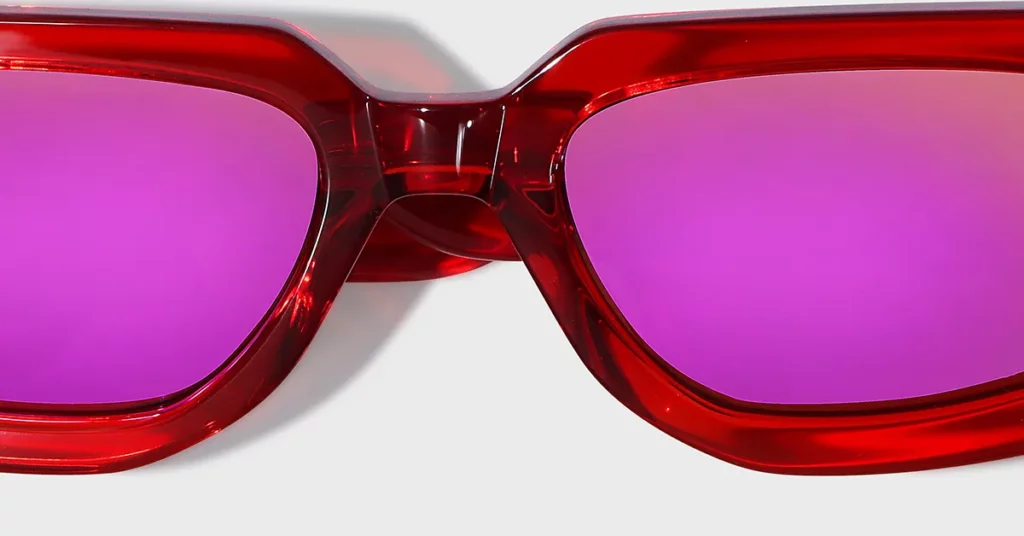
The Brand Manager’s Diagnostic Tool: Linking Production Flaws to Plasticizer Problems
A 3-Step Guide to Diagnosing Issues
When production problems arise, understanding the role of plasticizers can help you have a more productive conversation with your manufacturing partner. Use this simple diagnostic approach.
- Step 1: Identify the specific problem you are experiencing in the “Symptom” column of the table below.
- Step 2: Understand the likely plasticizer-related root cause.
- Step 3: Use the “Questions to Ask Your Factory” to open a collaborative, problem-solving discussion.
The Diagnostic Table
| Symptom | Likely Cause | Questions to Ask Your Factory |
| White, hazy film appears on frames | Plasticizer Migration (Exudation): The plasticizer isn’t fully bonded and is “leaching” out. This is common in lower-quality or poorly-cured acetate. | “What is the age of the acetate stock being used, and can we confirm the plasticizer system is designed for long-term stability?” |
| Frames are cracking during lens insertion | Material Brittleness: The acetate has insufficient plasticizer content or the wrong type was used (e.g., a rigid formula where a standard one was needed). | “Can we review the material specification? Was a high-rigidity acetate used where the design’s flexibility required a standard formula?” |
| Polycarbonate lenses are cloudy or cracking | Chemical Incompatibility: The DEP plasticizer used in standard acetate is chemically attacking the polycarbonate lens material. | “Can we verify that a polycarbonate-compatible acetate, like M49, was specified and used for this production run?” |
The Bottom Line: These three common failures are almost always traced back to a mismatch between the material specification and the product’s end-use. Understanding these links is your key to preventing them.
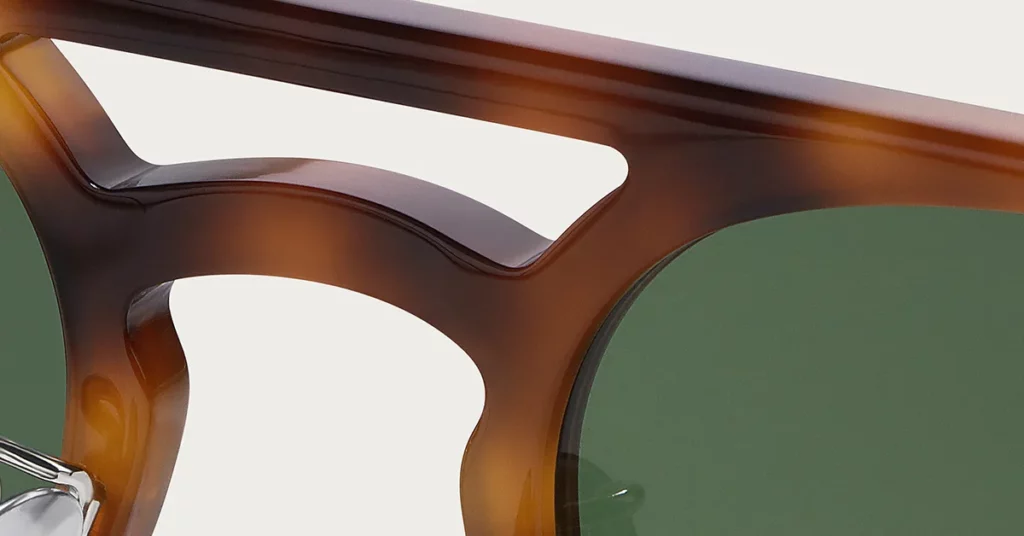
The Strategic Business Case: Justifying Premium Acetate
Calculating the True Cost of Cheaper Materials
Opting for a lower-cost acetate to save money on the front end can often cost you far more in the long run. The “true cost” includes several factors beyond the price per kilogram.
- Higher Scrap Rate: Poorly cured acetate that chips or gums up tools during production leads to more waste.
- Increased Customer Returns: Frames that crack, warp, or develop a hazy film lead to dissatisfied customers and costly warranty replacements.
- Long-Term Brand Damage: Consistently delivering a product that fails prematurely erodes customer trust and damages your brand’s reputation for quality.
Remember This: Investing in a premium, well-cured acetate with a stable plasticizer system is one of the most effective ways to lower your total cost of ownership and protect your brand equity.
A Hidden Risk: Inadequate Curing Time
One of the biggest risks in the eyewear supply chain is acetate that has been rushed to market without proper seasoning. This material may pass initial quality control checks but contains hidden internal stresses.
This leads to chemical instability and delayed product failures, where frames begin to warp or crack months after they’ve already been sold to customers. This issue is nearly impossible for a brand to verify directly, which is why your choice of manufacturing partner is so critical.
Best Practice: Always partner with a manufacturer who maintains a transparent, vetted supply chain and has robust quality assurance protocols for all raw materials.
Key Quality Markers to Discuss with Your Supplier
To ensure you’re getting the quality you’re paying for, start by asking your supplier these four questions:
- What is the curing and seasoning process for the acetate you source?
- Can you provide data on the material’s dimensional stability?
- Is this material certified biocompatible (ISO 10993) for prolonged skin contact?
- What is your recommended acetate for designs that will use polycarbonate lenses?
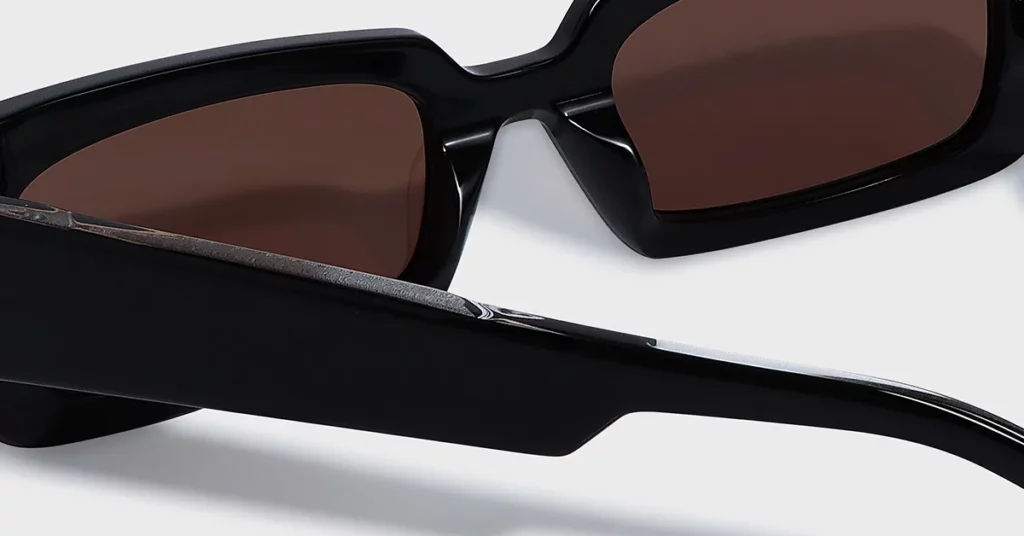
Conclusion
Plasticizers are not a minor ingredient; they are the core component that dictates the workability, quality, and long-term stability of acetate frames. The art of premium acetate lies in a slow, patient curing process that ensures these plasticizers become fully stable. By understanding these principles, you can prevent costly mistakes, have smarter conversations with your factory, and protect your brand by choosing better materials.
Frequently Asked Questions
1. What is the “white stuff” that sometimes appears on old acetate frames?
This is “plasticizer bloom” or exudation. The plasticizer has migrated to the surface, which is a sign of material degradation often found in lower-quality or improperly stored acetate.
2. Why can’t I use nail polish remover to clean my acetate frames?
Acetate is soluble in ketones, and the primary ingredient in nail polish remover is acetone. It will literally dissolve and permanently damage the frame’s surface and finish.
3. Why did my frames lose their shape after being left in a hot car?
The heat exceeded the acetate’s Glass Transition Temperature (Tg), causing the material to soften and revert to a less-stressed shape due to its “elastic memory.” A professional can usually readjust it.
4. Is there a difference between Italian and Japanese acetate?
Both are considered top-tier. The key difference often lies in philosophy; Japanese acetate is renowned for its extended curing times, leading to exceptional material stability.
5. If I’m using standard CR-39 lenses, do I still need to worry about plasticizer migration?
Generally, no. The critical incompatibility issue is specifically between the DEP plasticizer in standard acetate and polycarbonate lenses. CR-39 is chemically resistant to this.

